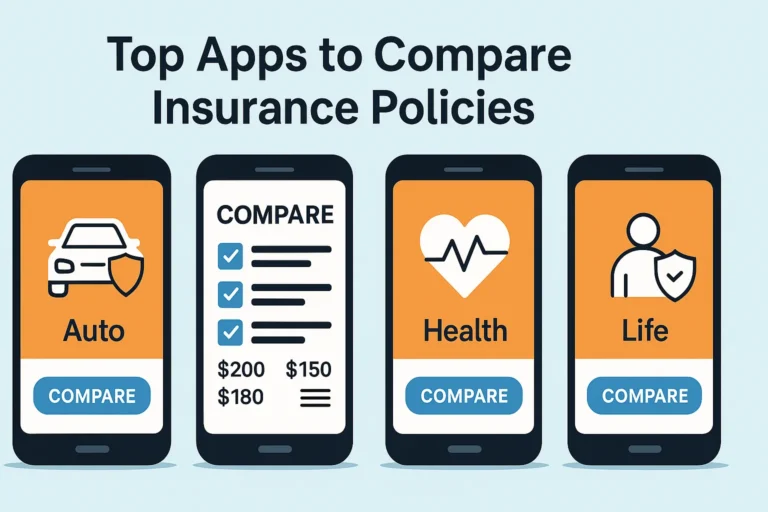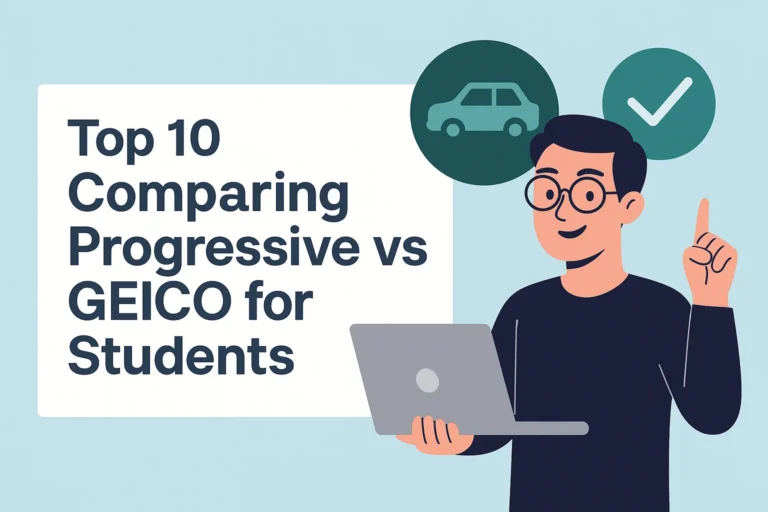In today’s dynamic financial landscape, credit cards do much more than just provide a convenient way to pay. Many offer a suite of embedded insurance protections — from travel insurance to purchase protection and car rental coverage. These benefits can significantly reduce risk and offer peace of mind when used wisely.
This guide is designed for beginners seeking to understand how insurance benefits on credit cards work, what cards offer the best protection, and how to maximize these perks. Whether you’re a frequent traveler or a cautious shopper, leveraging insurance features can add tangible value to your financial strategy.
History and Evolution of Credit Card Insurance
The integration of insurance benefits into credit cards began in the 1980s as issuers sought to add value and differentiate their products. Initially limited to basic purchase protection, these offerings have evolved significantly over time.
In the early 2000s, premium cards began offering travel insurance, trip cancellation coverage, and lost luggage reimbursement. These features were especially attractive to business travelers and affluent consumers.
Post-2010, competition among issuers drove the expansion of benefits. Cards now include cell phone insurance, emergency medical evacuation, and identity theft protection, often at no additional cost.
By 2020, global trends in digital payments and customer loyalty programs saw card-linked insurance become a mainstream expectation, influencing card selection across demographics.
Current Data and Visual Insights
Let’s analyze the most recent data on the prevalence and effectiveness of credit card insurance features across major issuers in 2024:
Table 1: Insurance Coverage by Credit Card Type (2024)
| Card Type | Travel Insurance | Purchase Protection | Rental Car Coverage | Cell Phone Insurance |
|---|---|---|---|---|
| Basic | Limited | Yes | No | No |
| Premium | Comprehensive | Yes | Yes | Yes |
| Business | Moderate | Yes | Yes | No |
Table 2: Consumer Satisfaction Scores (2024 Survey)
| Card Issuer | Insurance Feature Use Rate | Customer Satisfaction |
|---|---|---|
| American Express | 72% | 9.1 / 10 |
| Chase | 65% | 8.7 / 10 |
| Capital One | 58% | 8.2 / 10 |
Sectoral Comparisons
1. Travel Cards vs. Cash Back Cards
Travel cards like the Chase Sapphire Preferred often include extensive trip protections, while cash back cards typically limit insurance to purchase-related coverage. This makes travel cards better for frequent flyers.
2. Business Cards vs. Personal Cards
Business credit cards often prioritize equipment insurance and emergency support over travel perks. In contrast, personal cards favor broader consumer protections.
3. Domestic vs. International Card Issuers
Cards issued by U.S. banks like American Express or Citi provide more extensive coverage than many international counterparts, especially in Asia and Latin America, where features may be limited due to regulatory or cost factors.
Future Outlook and Forecast
Industry analysts project that by 2027, over 85% of premium credit cards will include telehealth insurance and climate-related travel disruption coverage. Additionally, AI-driven real-time claims processing is expected to become standard.
Open banking initiatives are also predicted to personalize insurance recommendations based on cardholder spending patterns.
Embedded insurance is likely to expand into fintech offerings, with neobanks offering modular insurance options tied to debit and credit usage.
Insurtech partnerships will drive customized coverage for niche groups like digital nomads, freelancers, and gig workers.
Expert Insights and Academic References
According to a 2023 paper from the CFA Institute, credit card-linked insurance reduces individual risk exposure by up to 18% when used appropriately.
Dr. Elena Forrester from the London School of Economics states, “The embedded insurance model increases transparency and encourages responsible spending behavior.” (LSE Research 2023)
Meanwhile, McKinsey & Company highlights the strategic advantage of bundled insurance in their 2024 embedded finance report.
Conclusion and Summary
Credit cards with embedded insurance protection offer tangible financial and psychological benefits. For beginners, choosing the right card can mean free coverage for major life events, travel mishaps, and even device damages.
As the industry continues to innovate, these protections are expected to become more personalized, digital, and automated — giving cardholders more value than ever before.
Frequently Asked Questions (FAQs)
1. Do all credit cards come with insurance?
No. Insurance benefits are usually available on mid- to high-tier cards, especially travel and premium options.
2. Can I claim travel insurance without notifying the bank first?
Most issuers require prior notification or documentation within a specific time frame, so check your card terms.
3. What is the best credit card for travel insurance?
The Chase Sapphire Preferred and Amex Platinum are widely regarded for their comprehensive travel coverage.






